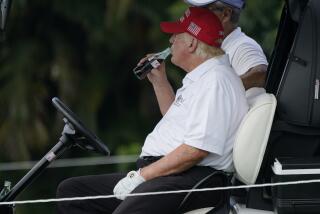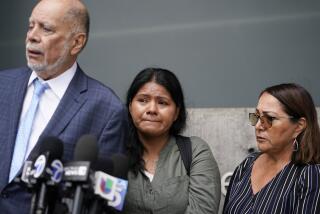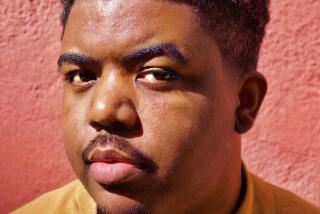Drug Education Should Dare to Be Different
- Share via
Twenty years ago this week, the program called Drug Abuse Resistance Education, or DARE, was born. It was the brainchild of then-Los Angeles Police Chief Daryl Gates and the L.A. Unified School District. As DARE moves out of its teenage years, I offer the same advice I gave to my son, who also turns 20 this year: “Happy birthday, now grow up and get real.”
DARE has received more attention than any other drug education program, reaching students in 80% of school districts across the country. It has also been singled out, because of negative evaluations, as one of the worst examples of school-based drug-use prevention in the U.S.
Yet in terms of content (“drugs are bad”) and message (“just say no”), there is not much difference between DARE and other drug education programs.
The singular goal of DARE and other school-based education has been to prevent teenagers from using drugs. This may sound straightforward, and it is, of course, what all parents want. Yet with national surveys indicating that more than half of American teenagers admit trying an illegal drug before they finish high school, and 80% using alcohol (itself obviously a drug), the reality is that the majority of teens are not just saying no.
The DARE generation has become cynical about the mixed messages they have heard. Though they are implored to abstain, they live in a nation that hardly qualifies as drug-free. Teens see adults regularly drinking alcohol. They notice aisle after aisle of intoxicating over-the-counter pain relievers, uppers and downers. They see prime-time television ads for antidepressants. They know that if they misbehave in school they may be required to take Ritalin. And they also know that many of their parents tried marijuana (and other drugs), got through this phase unscathed and now admonish their own kids to “just say no.”
“Know your audience” ought to be the watchword of every bearer of information about drugs because teens have become more tired than frightened by the barrage of scare tactics. Most teens -- along with the National Academy of Sciences -- simply do not believe that marijuana causes the use of harder drugs, that it leads to mental health problems or aggressive, violent behavior or that it is somehow qualitatively worse than alcohol. Even the Office of National Drug Control Policy recently had to pull its “drugs and terrorism” ads when it became evident that such exaggerated claims had become a joke to many teens.
What young people need, rather than a short, stand-alone program, is drug education that will equip them for a lifetime of making health decisions involving a range of substances available to them.
With budget shortages threatening school districts across the country, we should incorporate the subject of drugs, using sound science, into already established high school courses such as biology, chemistry and physiology. Some new high school textbooks, such as Holt, Rinehart & Winston’s “Sociology,” have quality subsections about drugs, sexuality, violence and other social issues. Teens with concerns, questions or problems about drugs should be able to use student assistance programs staffed by knowledgeable counselors; the trouble is there aren’t enough of them.
We should, of course, keep students busy and engaged between the end of the school day and dinner, which are peak drug-taking hours for teenagers. Our teenagers will ultimately make their own decisions, just as we did. Isn’t that, after all, what we baby boomers wanted when we urged them to be creative, critical thinkers who could deal with this complex world on their own?
What students need is drug education that incorporates their intelligence and resilience and goes beyond the simplistic “just say no” message.
*
Marsha Rosenbaum directs the Safety First project of the Drug Policy Alliance in San Francisco. Web sites: www.safety1st .org; www.drugpolicy.org.


